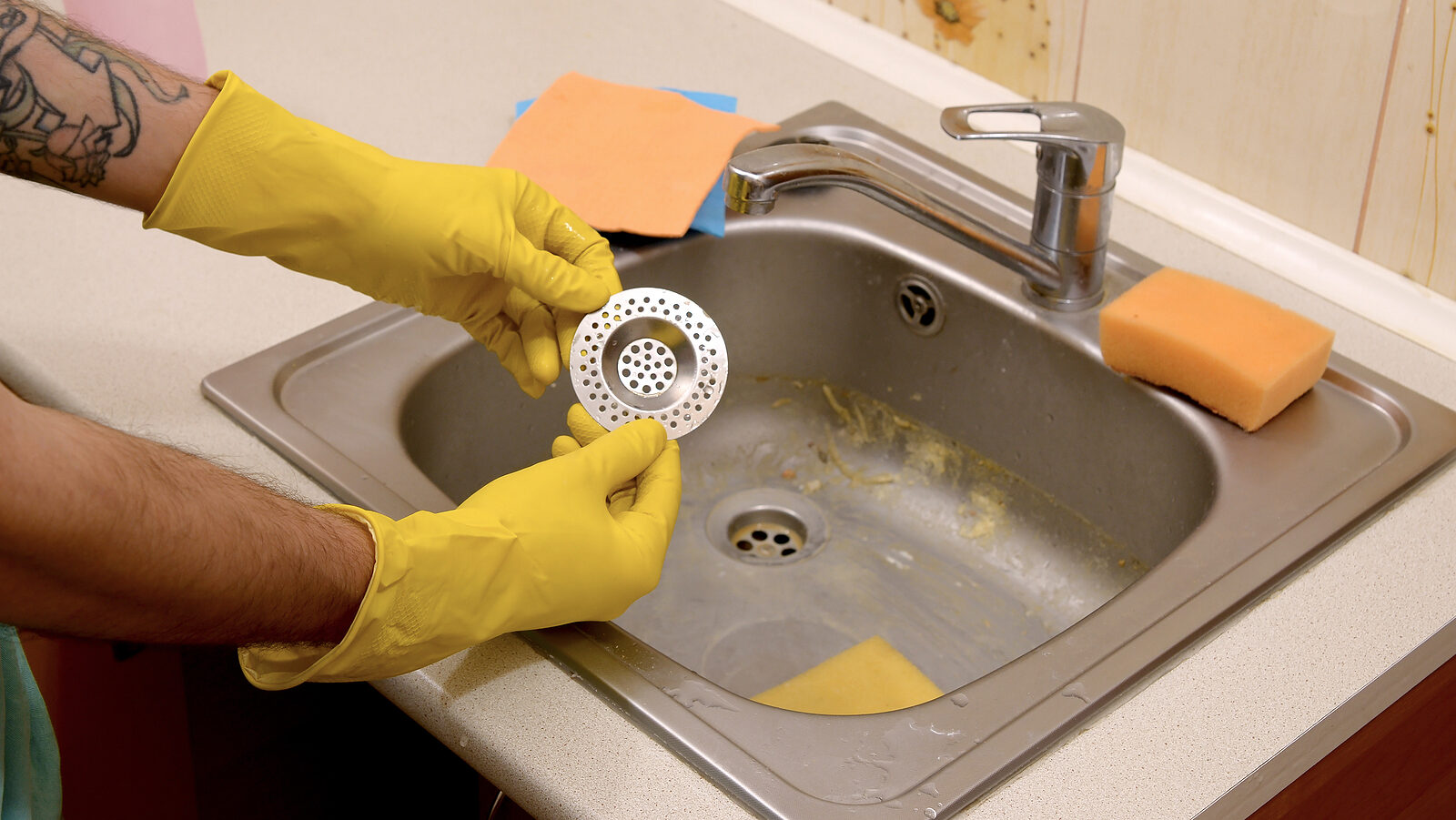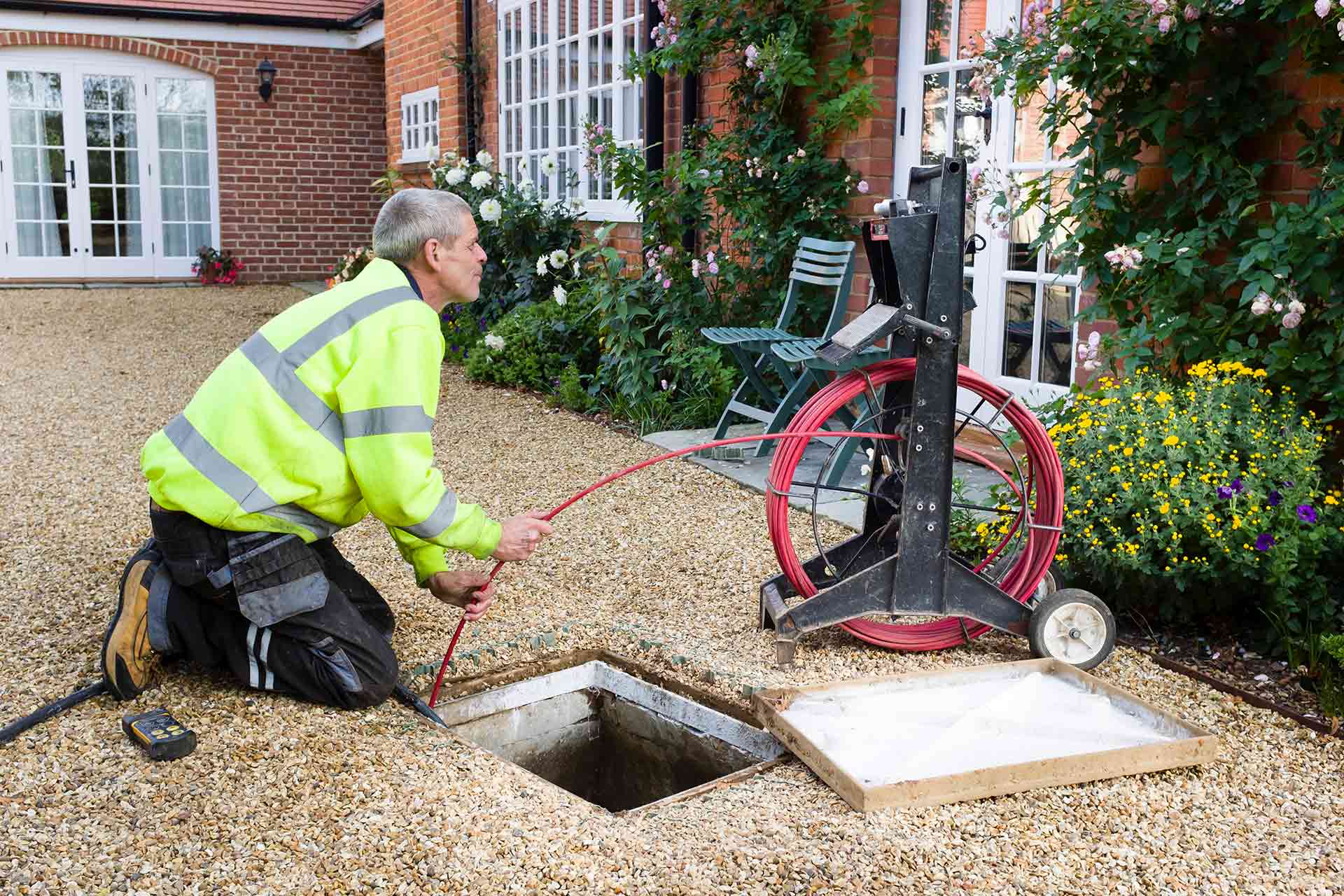Almost everyone will have his or her own theory involving Tips for Dealing with Clogged Drains and Sewer Lines.

Intro
Handling an obstructed drain can be an aggravating experience, interfering with daily activities and potentially triggering damages to your residential property. However, before reaching out to pipes specialists, there are steps you can take to address the problem on your own. In this overview, we'll check out DIY solutions and safety nets to take on an obstructed drainpipe successfully.
Determining the Problem
The primary step in resolving an obstructed drainpipe is recognizing the indications. Sluggish drain, gurgling noises, foul odors emanating from drains pipes, or water backing up are common indications of a blocked drain. Determining these signs early can assist avoid better difficulties.
Selecting the Right Plumbing Service
When choosing a pipes solution, think about factors such as experience, licensing, and consumer testimonials. Pick a reputable plumbing technician with a performance history of top quality craftsmanship and clear rates methods.
Expense Factors to consider
The cost of professional drain cleaning company can differ depending on the seriousness of the blockage and the plumbing's prices. Request quotes from several service providers and ask about any type of surcharges to ensure transparency and prevent shocks.
Safety and security Precautions
When attempting DIY drain cleansing, prioritize safety and security. Put on safety handwear covers and eyeglasses to avoid contact with harmful chemicals or microorganisms. Never ever blend various drainpipe cleansing items, as this can produce dangerous fumes.
Instance Researches
Real-life examples show the efficiency of DIY services and the significance of timely professional intervention in solving drain clogs.
Usual Reasons For Obstructed Drains
Recognizing the aspects that add to drain blockages is vital for reliable resolution. Common perpetrators include hair, soap scum, grease, food particles, and foreign items like hygienic items or paper towels. Tree origins invading below ground pipelines can also create considerable clogs.
Do it yourself Solutions
For small clogs, numerous do it yourself remedies can be efficient. Pouring boiling thin down the drain can help dissolve oil and debris. Baking soda and vinegar or a mixture of salt and baking soda can work as all-natural cleaners. Making use of a bettor or pipes serpent to displace blockages is an additional choice.
Devices and Devices
Having the right devices handy can make DIY drain cleaning more efficient. A plunger is a functional tool for removing obstructions in sinks, commodes, and showers. A plumbing snake or auger can reach deeper clogs, while drain cleansing chemicals can be utilized meticulously for stubborn obstructions.
Preventive Measures
To prevent future blockages, embracing safety nets is critical. Set up drain guards or filters to capture hair and particles before they enter the pipes. Consistently flush drains pipes with warm water to dissolve grease accumulation, and prevent throwing away oil or strong waste away.
When to Call an Expert
While DIY solutions can resolve small clogs, specific signs show the demand for expert assistance. Relentless clogs, foul odors despite cleansing initiatives, or numerous drains pipes backing up concurrently are warnings that require expert treatment.
Final thought
By complying with the pointers detailed in this overview, you can efficiently tackle obstructed drains and avoid future pipes issues. Whether selecting DIY solutions or looking for specialist support, prompt activity is key to keeping a healthy plumbing system and maintaining the stability of your home.
How to Clear a Clogged Drain Yourself (And When to Call In the Professionals)
What Can Clog a Drain
Dirt Skin flakes Hair Grease Soap scum Food Offset pipes Tree roots Small objects Mineral buildup DIY Tricks to Unclog a Drain
You can fix this! Once you have identified the source of the clog (or have a vague idea), you can try one or a combination of these fixes in order to clear your plumbing.
Wire Hanger or Snake
Untangle and clear out hair from a drainpipe with a homemade snake. Use a straightened-out wire hanger with a 90-degree angle hook to locate the clog and drag out any unwanted material.
Remember not to push the clog further down to where the wire hanger cannot reach! If you need to follow up with a plunger, give it a try. Your efforts might be more successful after it’s been wire-snaked.
If you want to get fancy and don’t have a wire hanger to spare, head to the store and pick up a hand-operated drain snake. You can get one for $10-$30. It may save you the hassle, and provide additional length to reach deep into the clogged pipe.
Plunger
A cup plunger has a suction cup attached to a wooden handle. The rubber creates a seal around the drain, and increases the pressure force of the plunger.
Plunge for 30-second increments to loosen the clog. This may need to be repeated over the course of 15-20 minutes. Once plunged, run the water to flush the remaining material out of the drain.
Remember– never use a plunger if you have used a chemical drain cleaner. These chemicals can splash up from the force of the plunger and cause serious injury or burns.
Boiling Water
Hot water can sometimes break up materials into a flushable amount. Dirt, grease, and soap buildup requires heat in order to unstick from surfaces.
Take your kitchen kettle and heat your water to a boil. Once it reaches a rolling boil, pour it directly down the drain into the blockage. Carefully follow with plunging, if necessary.
Don’t worry if this takes more than one try! It can often take multiple kettles and repeated plunging in order to clear a particularly stubborn clog.
Chemical Drain Cleaner
As a last resort, pick up a bottle of chemical drain cleaner. Drain-cleaning chemicals are potent, and not very good for the environment.
You may need to wear protective eyewear in gloves before handling your bottle of chemical drain cleaner. Follow the instructions printed on the bottle, and flush with water as soon as the instructions allow. Do not follow with plunging.
Baking Soda and Vinegar
As a safer alternative to chemical drain cleaner, baking soda and vinegar can create a chemical reaction that clears tough clogs.
Combine one cup of cleaning vinegar with one cup of boiling water, and set aside. Once you have done this, pour half a cup of baking soda down the drain. Give the baking thirty seconds to settle and cover a large portion of the problem drain.
Following the baking soda, pour down your vinegar and hot water solution. Once the vinegar and baking soda combine, the mixture will bubble and fix. Let this reaction fizzle in the drain for about an hour.
After an hour, follow with a kettle’s worth of hot water. The heat and liquid should flush out any remaining material.
When to Call a Plumber
If your DIY attempts haven’t cleared your clog drain, it’s time to call in a professional. It’s not worth losing access to your kitchen sink or high-traffic bathroom. A clog in a vital area can keep you from the things you’d rather be doing, and derail your routine.
Anytime a clog is causing water to spread is a time to call in a plumbing service. What starts out as a little bit of water can quickly grow into serious, expensive water damage.
Additionally, a serious clog can result in burst pipes or serious leaks. Make sure you know when to take it seriously!
https://myguysnow.com/how-to-clear-a-clogged-drain-yourself-and-when-to-call-in-the-professionals/

I am very eager about Some easy tips to fix blocked drains and I am praying you liked our post. Sharing is good. Helping others is fun. I treasure your readership.
This Website